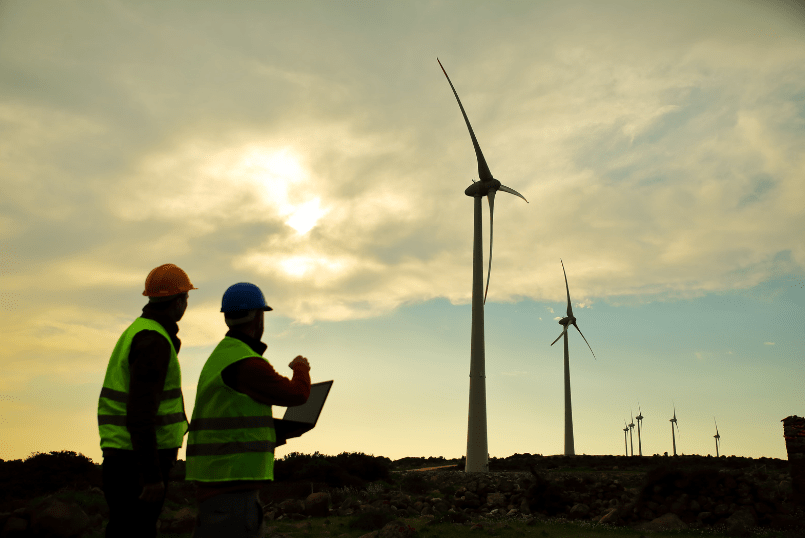The Main Challenges Of Wind Turbine Life Extension & How To Overcome Them
Wind turbines have become an increasingly important part of the UK’s renewable energy infrastructure in recent years, with numerous onshore and offshore wind farms now feeding directly into the National Grid. However, with the ubiquity of wind turbines has come the pressing question of life extension, and how to overcome the regular maintenance and technical issues that affect these assets.
In particular, as wind turbines are usually installed in exposed positions and are constantly buffeted by strong winds, temperature fluctuations, and harsh weather, the lifespan of individual blades can be limited, and expensive maintenance and repairs can quickly add up. In this article, we overview the main challenges of wind turbine life extension and the solutions that can be deployed to sustain power output and avoid premature failure.
What Are The Main Challenges Facing Wind Turbine Blades?
There are several key challenges to consider when devising a monitoring and maintenance schedule for wind turbine assets, including:
1. Susceptibility To Weather Conditions: Wind turbines are particularly sensitive to wind, varying temperatures, and atmospheric humidity, and extreme weather conditions – such as the gales and winter storms that are now common in many parts of the UK each year – can often lead to costly ongoing repairs, or even total blade failure if the turbine is not properly managed.
2. Component Wear And Tear: Blades, turbines, and supporting components are subject to wear and tear over continuous use cycles, and can fail over time due to mechanical fatigue, corrosion, and seismic events. Without effective condition monitoring, wear and tear can significantly reduce power output and efficiency and reduce longevity due to an increased risk of sudden component failure.
3. Increasing Maintenance Requirements: active wind turbines experience increasing year-on-year maintenance requirements and expenses as they progress throughout their life-cycle, with older assets requiring more frequent maintenance in order to keep them running efficiently. A life extension strategy should, therefore, aim to spread the cost of maintenance as far as possible across the life-cycle, and reduce the running and servicing costs of end-of-life assets.
Life Extension Solutions For Wind Turbines
So, what solutions can engineering managers institute to avoid these challenges and maximise the working value of their turbine assets?
Proactive Planning, Monitoring, And Maintenance: Once a turbine fault has occurred and been identified, downtime and maintenance expenses will be required to restore service, during which time power output will not be possible. Prevention is, therefore, better and more cost-effective than cure for resolving faults. A proactive monitoring, resource planning, and maintenance schedule will spot the warning signs of emerging problems at an early stage, allowing rapid resolution and reducing the lifetime maintenance costs of the asset.
Use Of Durable Parts And Materials: Lower quality parts and materials are more likely to fail prematurely, so all repairs and replacements should be made using high quality, precision engineered parts and good standard materials, reducing the risk of premature failure due to fatigue and corrosion.
Remote Diagnostics, Condition Monitoring, And Repair Technologies: a wind turbine blade condition monitoring system will enable you to remotely monitor and diagnose your assets at each turbine site without having engineers on the ground, as well as, in some cases, direct and oversee repairs remotely. This can improve the efficiency of your life extension strategy as well as lower your maintenance costs.
Wind Turbine Monitoring Solutions From Sensonics
At Sensonics, we provide a range of monitoring solutions that let you take proactive control over your life extension strategy for wind turbine assets, enabling regular remote monitoring and more responsive maintenance for all critical components. To find out more, please call 01442 876833 today.
Image source: Canva


